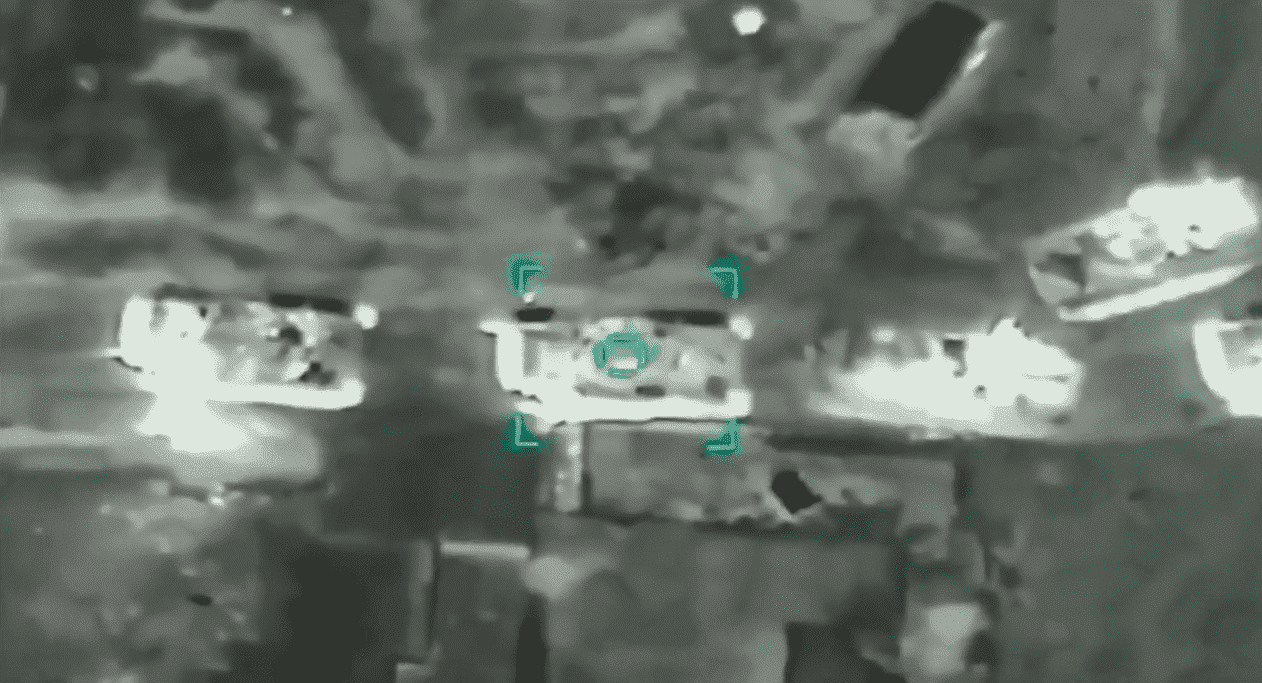Seth J. Frantzman

We’re finishing the year by republishing our ten most popular articles from 2022. Here’s number six: Seth J. Frantzman’s piece from March about how Ukraine’s use of drones changed the war against Russia.
The Ukrainian airforce has so far held out in the battle for the skies. Russia continues to rely on missiles for deep strikes into Ukrainian territory while the defenders have been able to contest the airspace by employing drones.
Ukraine has proven a turning point in the age of drone warfare. The first great drone superpower, the United States, used its unmanned aerial vehicles in places like Afghanistan where few fighters had the technology to shoot them down. But Ukraine isn’t primarily using drones to hunt people, loitering over targets for days; rather, it’s using them to go after Russian armoured vehicles and supply columns. This seems like a strategy designed particularly for Russia. Moscow’s military theory has always been to establish just enough territory to set up its ferocious artillery units, using heavy armour primarily to defend ranged firepower before storming in once enemy positions have been flattened. Drones have fundamentally shaken that Russian strategy.
Kyiv learnt first-hand the value of this new military technology during the 2014 invasion of eastern Ukraine. When I visited the Donbas frontlines in 2017, there was an incessant buzzing overhead. These were mostly quadcopters, much like the ones you can buy off the shelf, used for low-level surveillance to direct artillery fire. Moscow was able to use the combination of drones and artillery to keep Ukrainian forces hunkering down, unable to push back against Russian-sponsored forces.
A drone feed showing artillery fire below.
Now the tables seem to have been turned. A group of Ukrainian model aeroplane enthusiasts has been embedded in the Kyiv general staff, using their knowledge of remote-controlled aircraft to deadly effect. According to one recent estimate, Ukraine has over a hundred drones, with the armed forces were using at least 13 different types, including some developed locally. Ukraine has also acquired the Turkish Bayraktar TB2 drone, capable of firing four missiles from its fixed-wing undercarriage. Despite weeks of war, Russia can’t seem to stop them.
Ukrainian forces have been able to challenge Russian tanks to a far greater degree than most military analysts had thought possible. The combination of cheap anti-tank missiles, many of which have come from Britain, and drone reconnaissance have made Russian heavy armour far less effective. Tanks obviously require huge amount of fuel to keep them moving – that means regular resupplying from logistics corps, which in turn means secure travel corridors between Russian depots and the frontline. That hasn’t happened. This is a war of resistance: Ukrainians are able to attack behind what Russia sees as the frontline before melting back into their motherland. All Ukrainian forces need is a cheap, battery-powered quadcopter to survey the battlefield and a well-placed fighter with a shoulder-launched anti-tank weapon and a Russian tank costing anywhere up to £3 million can be effectively destroyed.
And that’s before you consider attack drones such as the Bayraktar, costing as little as £750,000. The Turkish drone has the advantage of developed, Nato-grade night-vision – far superior to anything the Russians have – which allows them to pick off the Kremlin’s armour in the dead of night. Reports suggest that Kyiv-based command centres are launching over a hundred bombing runs every night.
Footage from the Ukrainian Azov Brigade showing a drone attack on a Russian tank
Russia doesn’t seem to have learnt its lesson quickly enough. Azerbaijan used Turkish drones to huge effect during last year’s conflict with Russian ally Armenia over Nagorno-Karabakh. A combination of Israeli and Ankara-supplied drones gave the country a kind of instant air force that was much more cost-effective than trying to acquire expensive modern aircraft. You don’t need to train or risk pilots if you invest in drones, especially the modern-style kamikaze drones that are used more like cruise missiles to slam into air defence systems and tanks. Baku crushed Armenia’s army using drones, leading some to wonder whether the era of the tank was now over.
Russia, by comparison, appears to lack any attack drones of its own, although the country does plan to start developing them by 2023. What it does have is a 2,000-strong fleet of reconnaissance drones used primarily for target acquisition, including the Orlan series of unmanned aerial vehicles which can cost as little as £80,000. The problem, though, seems to be that Russia has relied on military tactics that are rooted in the 20th century; legions of tanks and columns of vehicles, pounding cities into submission with artillery and rockets, while not embracing the latest technologies. Russia had ample time to invest in drones the way Azerbaijan and other smaller countries have, but it rested on its laurels. Modern militaries need to incorporate drones across all their units, from small tactical drones to the largest surveillance UAVs.
There is still much that is unknown about Ukraine’s success with drones. How many Bayrtakars remain flying and how many vehicles have been destroyed is still unclear. Washington is supposed to supply new Switchblade kamikaze drones to Ukraine, which could give Kyiv even more firepower in the air.
But what’s clear now is that the drone is now no longer the preserve of only a few advanced countries; they are the weapon of choice for countries that need an instant air force. It has become the sling in the proverbial David and Goliath fight taking place in Ukraine. Future militaries will need to invest heavily in these weapons if they want to win.
No comments:
Post a Comment